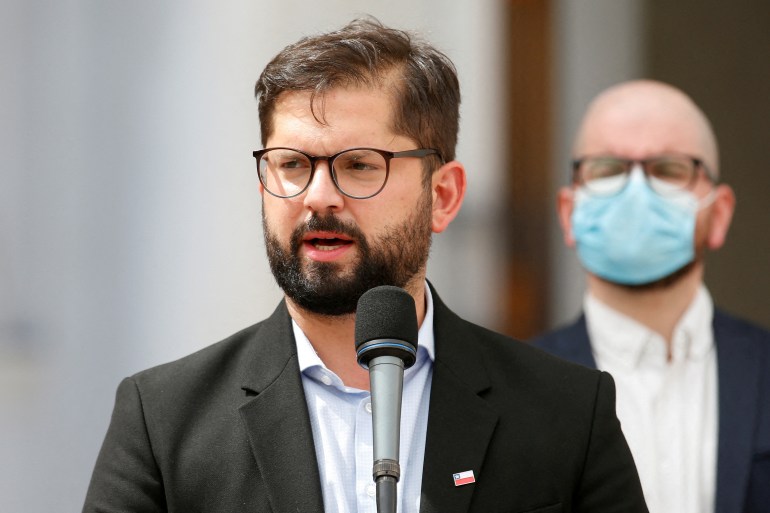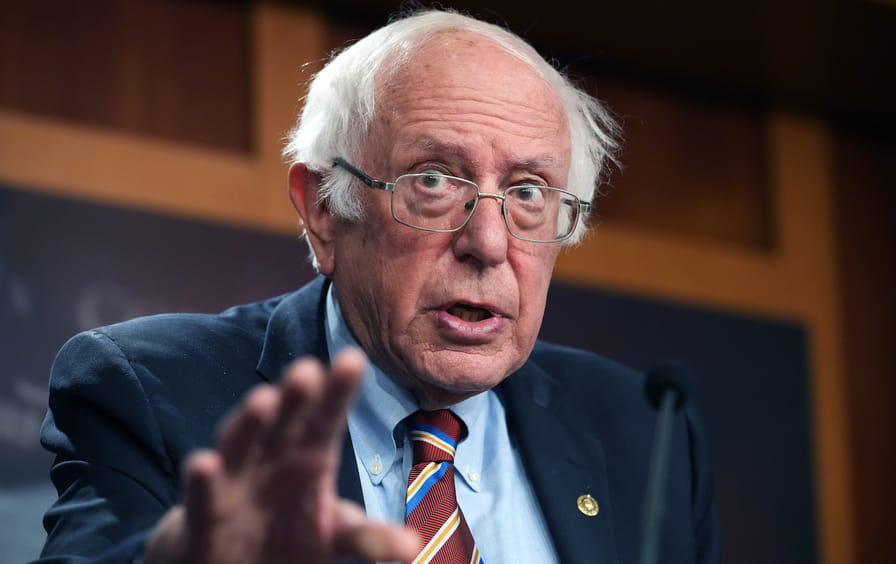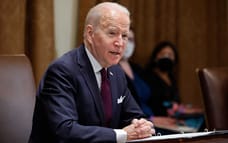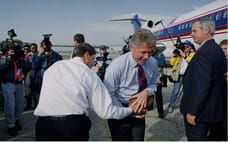
Emergencies Act could harm truckers unconnected with blockades: trade group
Sweeping powers invoked by the federal government risk dropping the hammer on drivers and companies that have no direct role in blockades, the head of a trucking association says.
The Emergencies Act triggered by Prime Minister Justin Trudeau on Monday authorizes financial institutions to freeze protesters’ bank accounts and cancel vehicle insurance coverage without a court order.
Mike Millian, president of the Private Motor Truck Council of Canada, said he condemns the demonstrations but worries rogue drivers who defy head-office directives to avoid the blockades could jeopardize the operations of entire companies.
Because insurance policies encompass whole fleets rather than individual drivers, thousands of truckers employed by a single carrier could be punished for the choices of a few, he said.
"Insurance being cancelled could be an issue because you don't just insure one truck," Millian said. "Now we've got a whole fleet put down. And if you seize the corporate bank accounts, we now have nobody getting paid."
Authorities must also make sure they don't penalize truckers who happen to be near a blockade but are not participants, he said.
"If people are willingly breaking the law, we've got no issues — put the boots to them with every enforcement power you got," he said. "But it's our concern about affecting those that may not have anything to do with this."
The government has assured the association, which represents companies with in-house fleets such as Loblaws and Walmart Canada, that officers will be instructed to give drivers an opportunity to leave the protest area before "severe measures" come down, Millian added.
Trudeau invoked the Emergencies Act to bring to an end what he deems illegal blockades that sprang up in Ottawa and border crossings.
The measures grant police and financial instructions extraordinary powers to stop public assemblies that “breach the peace” in established no-go zones, force towing companies to remove vehicles involved in road blockades, and require banks to suspend or freeze accounts suspected of supporting them.
Deputy Prime Minister Chrystia Freeland said the government is "serving notice" to trucking companies with vehicles at the blockades that they will have their corporate accounts frozen and lose their insurance.
However, a corporate account may not be suspended unless it appears to be the source of large contributions to blockaders, said Wesley Wark, a senior fellow at the Centre for International Governance Innovation. Donations from truckers' personal accounts can also be frozen, with no impact on their colleagues.
"The financial sanctions will be used surgically, not least to avoid legal challenges. But they are also meant to act as a threat and deterrent in the hope that companies would also put their own pressure on 'rogue drivers' — a two-pronged attack," Wark said.
Surveillance, licence plate information, open-source intelligence — social media monitoring, for example — and now-mandatory registration by all crowdfunding and payment services with the Financial Transactions and Reports Analysis Centre of Canada, known as Fintrac, will all play a roll in identifying and penalizing protesters, he said.
Truckers who have camped out below Parliament Hill for more than two weeks said they were undeterred by the emergency measures.
"I'm afraid of nothing," Quebec big-rigger Martin Thibault said from his cab downtown. He said he has been at the protest for 17 days and plans to stay until all vaccine mandates end.
Cristian Munteau, whose bright yellow rig has been parked near Parliament Hill since the first day of the protest, said the steps taken by Trudeau reminded him of authoritarian powers adopted by regimes in his native Romania.
"This reminds me of the Communists. They try everything to hurt people through laws ... They have the power — the power to make me homeless," he said. "But this is about freedom of speech. It doesn't scare me."
Breaching any order or regulation made through the emergencies law could also result in a penalty of up to five years in jail and a fine of $5,000.
The truck council says the government must offer protection against threats to tow-truck drivers who can be compelled by the law to remove vehicles and big-rigs.
"I may be protected when I'm on scene removing the truck, but how are you protecting my business's safety after that?" Millian asked.
Stakeholders say they believe the majority of truckers involved in the demonstrations are independent drivers who own their semi trucks and work on contract. For owner-operators a suspended or frozen account, insurance certificate or licence — or an impounded tractor — would severely dent their income.
“They can’t survive. It’s going to impact them hugely on their bottom line," said Lisa Garofalo, vice-president of the trucking division at Baird MacGregor Insurance Brokers.
This report by The Canadian Press was first published Feb. 15, 2022.
— With files from Marie Woolf in Ottawa
Christopher Reynolds, The Canadian Press

















 The proposals will be debated in the coming months and will need approval by two-thirds of the delegates [Ivan Alvarado/Reuters]
The proposals will be debated in the coming months and will need approval by two-thirds of the delegates [Ivan Alvarado/Reuters]


